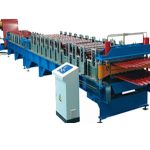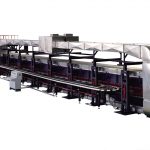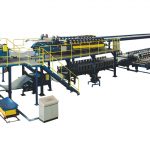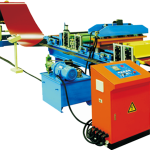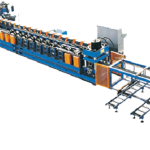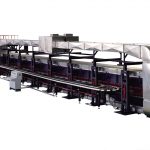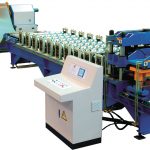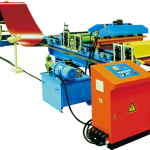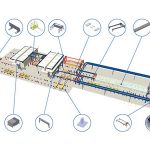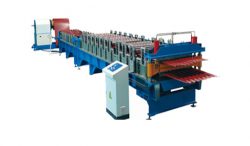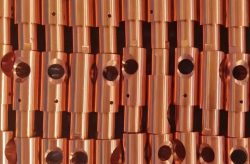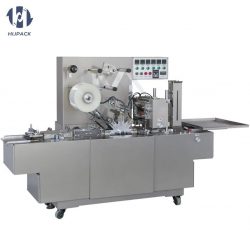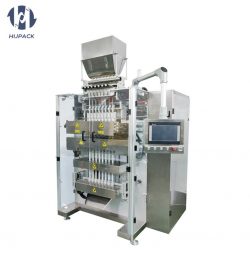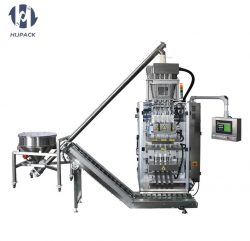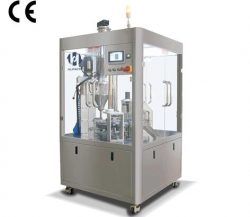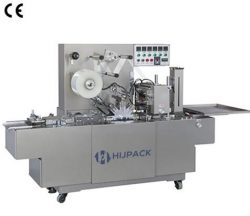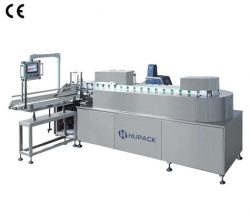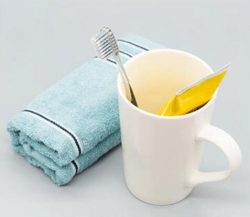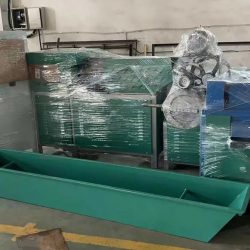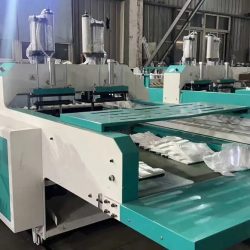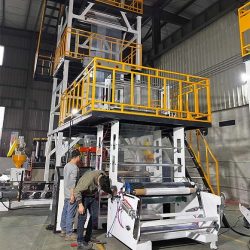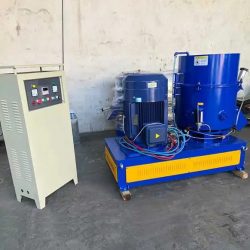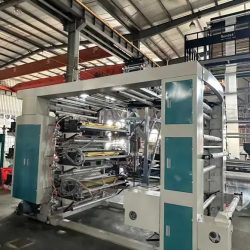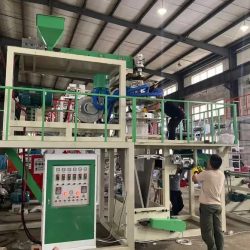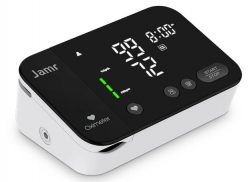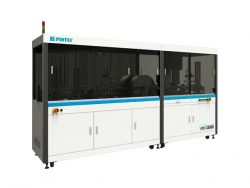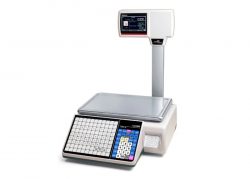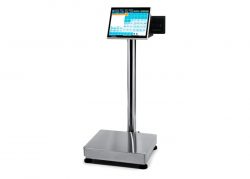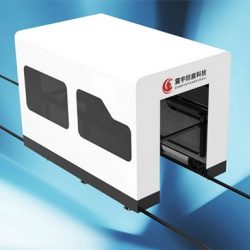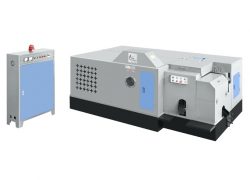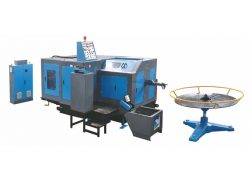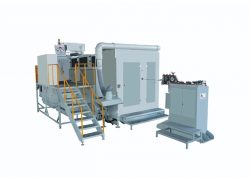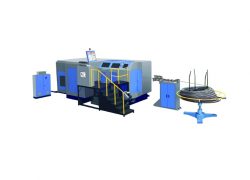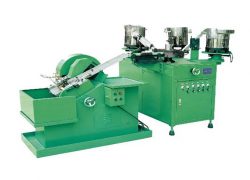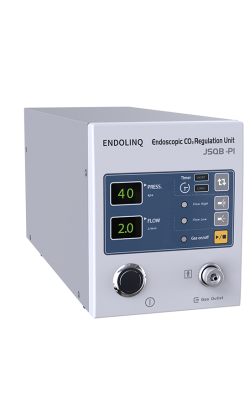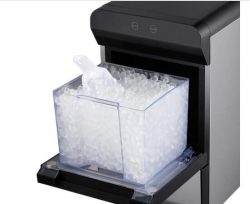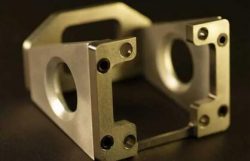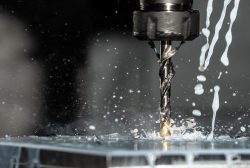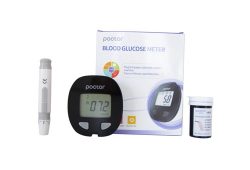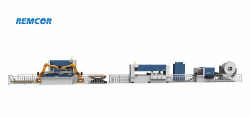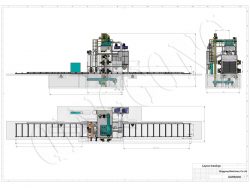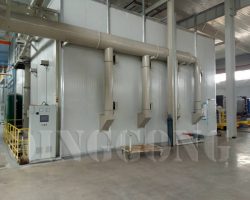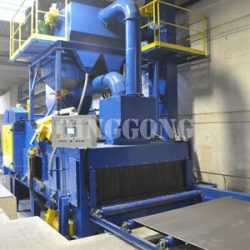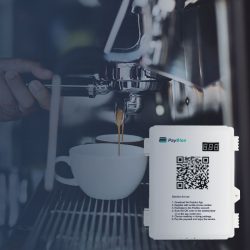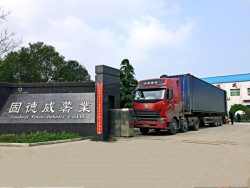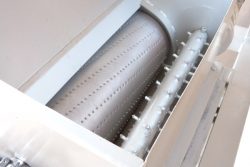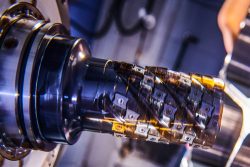What Are the Advantages of Roll Forming Equipment Compared with Traditional Press?
1. Roll forming equipment has more advantages than traditional press forming methods
The traditional forming method has some shortcomings, so roll forming equipment is used for roll forming. The material distribution system lays out the raw materials on the traction steel belt, and the steel belt rotates to send the raw materials with the same thickness to a pair of opposing pressing rollers to roll forming. Roll forming has the characteristics of low power consumption, low noise, low pollution, high efficiency and highly flexible production, and roll forming equipment has unparalleled advantages over traditional presses in terms of manufacturing, transportation, and installation.
2. Functional division of roll forming equipment
Roll forming equipment can be divided into cloth area, pre-pressing and exhausting area, pressing area and pressure-holding release area according to function. During the pressing process, the force received by the steel belt is mainly the linear pressure received between the two pressing rollers and the tension force generated by the tensioning steel belt. Such a forming method will not cause the steel belt to deform due to yielding. Compared with belts, steel belts have the characteristics of high hardness, tensile strength, yield strength and low elongation.
3. Excellent mechanical properties of roll forming equipment
The steel strip used in the rollforming equipment has excellent hardness, tensile strength and yield strength, and its excellent mechanical properties can ensure that the pressure is maintained in the entire forming zone. The steel strip is in direct contact with the surface of the brick, and the surface condition of its working surface will directly affect the surface quality of the finished plate. The steel belt is obviously better than the belt in terms of mechanical properties and surface flatness. The excellent flatness can ensure the reliable operation of the roller press, and the thickness of the pressed product is uniform.
The frame is the main load-bearing component of a press, and the strength and rigidity requirements need to be considered when designing. Adequate strength is the guarantee of the safety and reliability of the press, and the rigidity of the frame will directly affect the geometric accuracy of the formed product. A reasonable frame design should not only meet the mechanical performance of the frame, but also fully consider the processing and manufacturing process and the convenience of installation and transportation.
The roll forming equipment frame is composed of an upper beam, a lower beam and an upper top frame. The main body of each part is high-strength structural steel. The upper and lower beams are of plate-like structure, with simple structure and small weight. Rolled or forged steel plates can be used to avoid the potential risks of using large cast parts.

